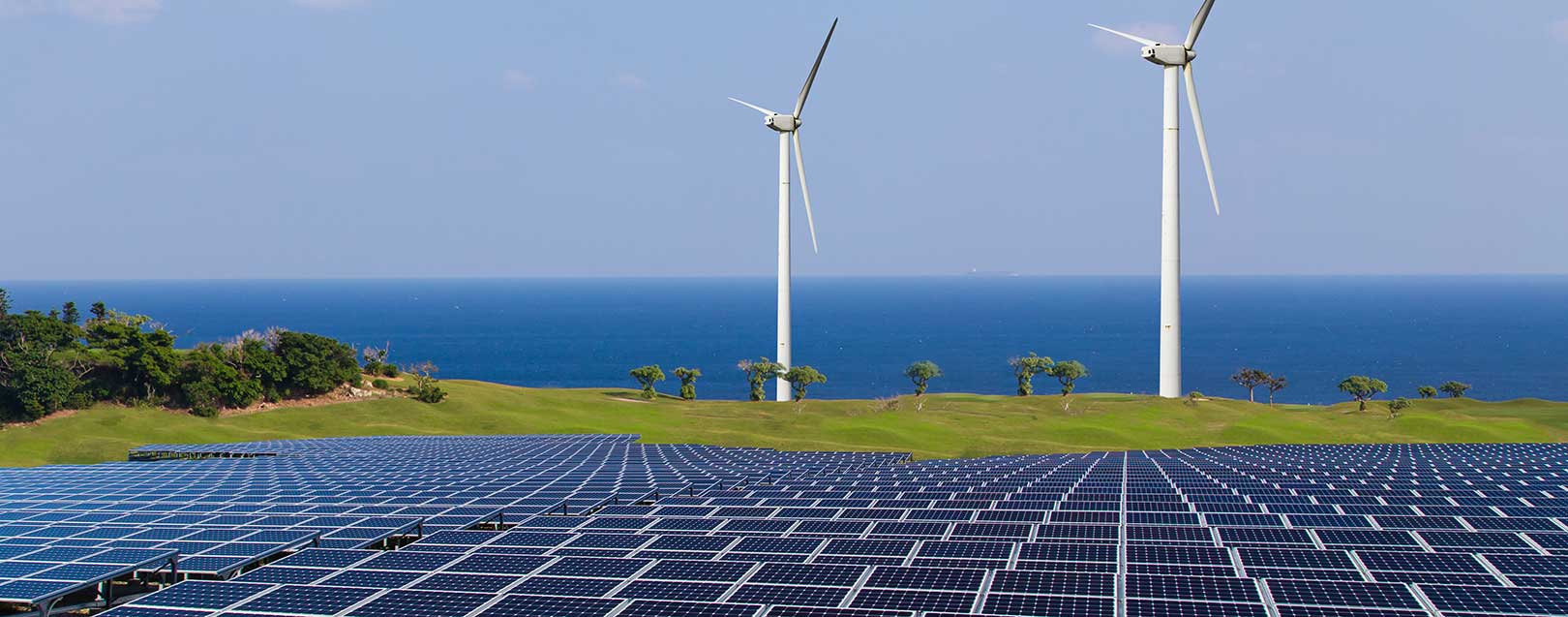Expensive subsidies for fossil fuels and the negative attitude of authorities and stakeholders have resulted in Iran lagging behind global trends in the fast-emerging renewable sector.
Mohammad Sadeqzadeh, head of the Renewable Energy Organization of Iran, known as SUNA, made the critical statement Sunday, noting that effective steps had been taken recently to develop the industry via pledges to purchase electricity produced from solar panels and preparing the grounds for a more effective private sector role in the renewables industry, IRNA reported.
According to the official, Iran's power industry is based mainly on fossil fuels, which explains why senior decision and policy-makers in the energy sector have paid very little attention to renewable technologies over the past four decades. Sadeqzadeh believes that the bloated bureaucracy and lack of economic incentives has indeed pushed "private enterprise farther away from investing in renewable energies."
Nonetheless, the Energy Ministry has recently taken the initiative to turn things around and attract private sector investment in the seemingly unattractive industry.
"Now that the playing field has been leveled for the fledgling industry, long-term and short-term targets should be set to promote renewable energy technologies," said the official.
He acknowledged that the renewable sector is still a risky area for investment because it demands costly and thorough research prior to embarking on ventures "that may or may not prove to be economically viable."
Renewables Outlook
Commenting on SUNA's future plans, Sadeqzadeh announced that the installed capacity of renewable sources will increase by100 MW in the current fiscal year that ends in March 2017.
Iran's total installed power generation capacity for renewables, including wind and solar, is close to 250 megawatts. Plans have been made to raise the capacity to 300 MW by 2018.
According to the official, the government is planning to impose duties on electricity consumers, half of which will be invested in renewable energy and the remainder to supply power to the deprived areas.
Energy Minister Hamid Chitchian recently said that the renewable industry in Iran is among the slowest-growing sectors, stressing that barely 200 MW in renewable initiatives have come on stream over the past two decades, which is "a shame" for a country like Iran that has huge potential to expand solar power.
Chitchian also blamed some officials for their reluctance to develop renewable infrastructure despite Iran's huge potential for electricity generation from clean energies.
Almost 62,000 MW, or 80% of Iran's 75,000-MW output, is generated from thermal plants that burn fossil fuels. An estimated 12,000 MW comes from hydroelectric plants and 1,000 MW from the sole nuclear power plant in Bushehr.
As part of efforts to cap emissions from greenhouse gases, Iran informed the Paris Climate Conference last year that it will produce up to 7,500 MW from renewable sources, which requires at least $12 billion in investment, according to some estimates.


